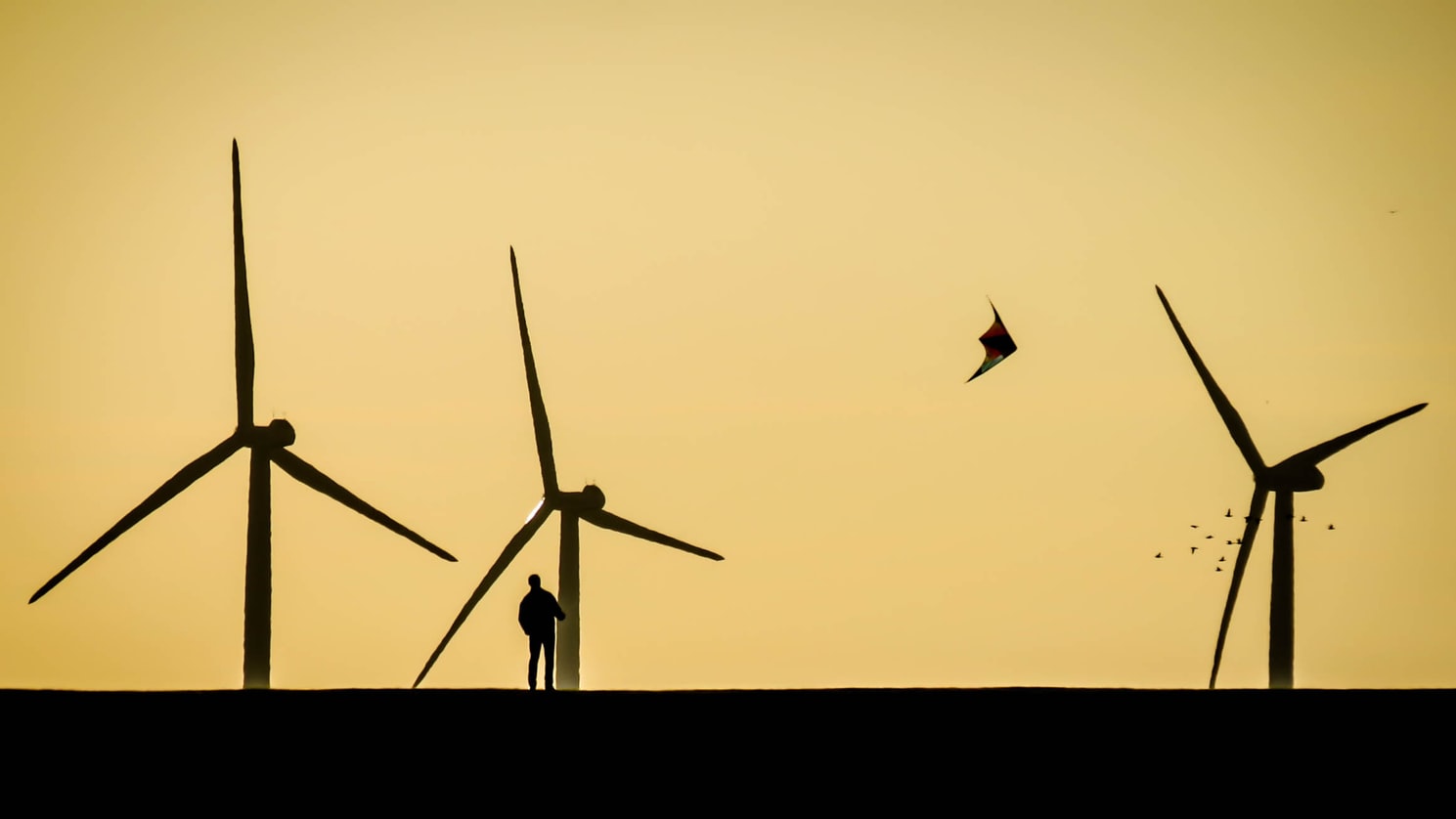
Those traditional Horizontal Axis Wind Turbines (HAWT) are limited not only by their operating height, which is both fixed and low, but in their ability to maximize energy capture due to the constantly changing direction and velocity of the wind. Thus optimizing wind capture efficiency may force us to seek a different kind of turbine altogether. For some, that means the next generation of wind power will be following the trail of your childhood kite.
Kite turbines — also referred to as Airborne Wind Energy Converters (AWEC) — can be flown several hundred meters in the sky (up to 600 meters altitude vs. 150 for traditional bladed towers) to catch stronger, yet always shifting winds at varying altitudes. This versatility could offer an attractive alternative: both to regular wind turbines onshore and to their offshore counterparts.
Olivier Van Oost, Expert and Project Manager Wind & Hydro at ENGIE Laborelec, explains the advantages: “Traditional offshore turbines don’t like the tilting of buoys — but kites simply don't care about that.” And although kite power tech is still in its infancy (with the biggest kite aiming to generate a relatively modest 600 kW), Mr. Van Oost says the wind energy harvesting capacity is promising, while production also requires 90% less material than HAWTs. “What kite power tech needs now,” he explains, “is performance upscale and long-term reliability.”
ENGIE is among the top global companies developing the new generation of wind energy solutions, including following and collaborating with leading Airborn Wind Energy technology developers.
A number of startups have chosen to focus on Airborne Wind Energy Converters (AWEC) and already show encouraging results. Right now, the Airborne Wind Energy market has the wind in its sails, with the sector counting a myriad of heavy contenders worldwide.
KITE POWER a dutch startup has found a way to keep the kite flying perpendicular to the wind, in a figure-eight path, allowing it to go faster and generate more energy. Other challenges include making these kites lighter and portable, and exploring new applications to help blow us toward a low-carbon energy future.
MAKANI, funded by Google Alphabet from 2013 till 2020 and by Shell since 2019: Founded by two kiteboarding aficionados, the company aims at tapping into wind power from the sea with one of the most ambitious kites to date, at a scale of 600 kW. It has been operating a pre-commercial pilot site in Hawaii since 2018 and is currently testing its M600 model offshore on a floating spar buoy in Norway. Ultimately, the Californian company hopes to upscale its platform’s capacity to 1 to 3MW.
On the onshore front, Netherlands-based AMPYX POWER has been exploring the potential of harvesting wind from already higher grounds, launching kites from high altitude. Since 2015, it has been building an upscaled 200 kW model (AP3) and developing Launching and Landing (an L&L) system before moving on to 2 to 3MW products.
TWINGTEC The Swiss company has built an upscaled prototype of 10 kW which completed a 30-minute flight as well as autonomous launching and landing in 2018. It is currently testing the 15m-wingspan T29 in the hope of producing its first series product: the TT100, able to generate 100 kW.
ENERKITE Holding the record for longest flight duration (74 hours) with their former ram air kite (2015), the German company wants to focus on a simple light passive wing, to minimize the weight and cost. It has also developed a breakthrough rotational L&L (launching and landing) system, which is currently being tested on its 30 kW prototype.
SKYSAILS The Hamburg-based company successfully operated 160m² soft kites offshore for boat propulsion back in 2008 and 20m² soft kites for power generation in 2011. SkySails has developed a containerized 100 kW, 40m² model (“SkyPower100”), recently installed and being tested in northern Germany, and has a commercial launch of 200 kW units scheduled for 2020 in Mauritius.